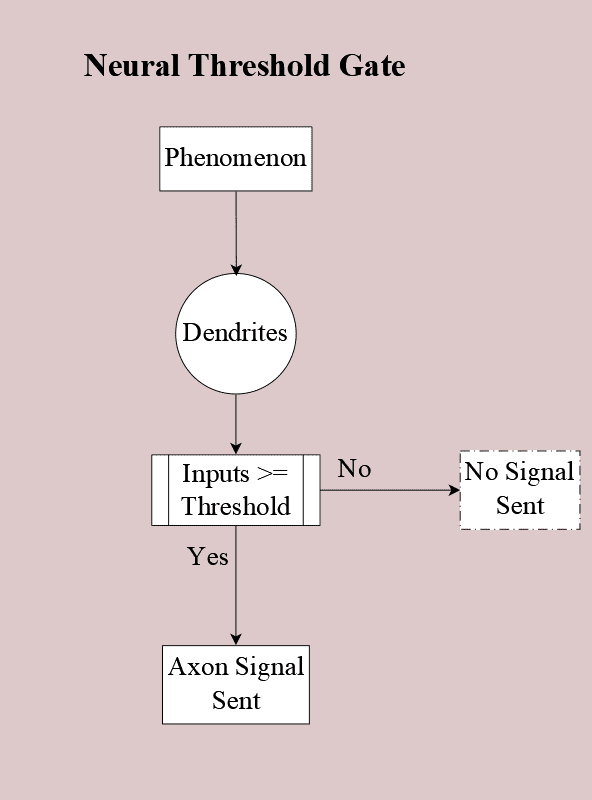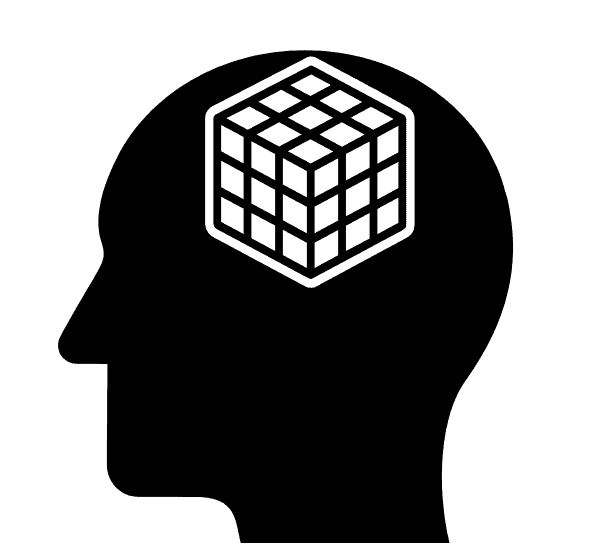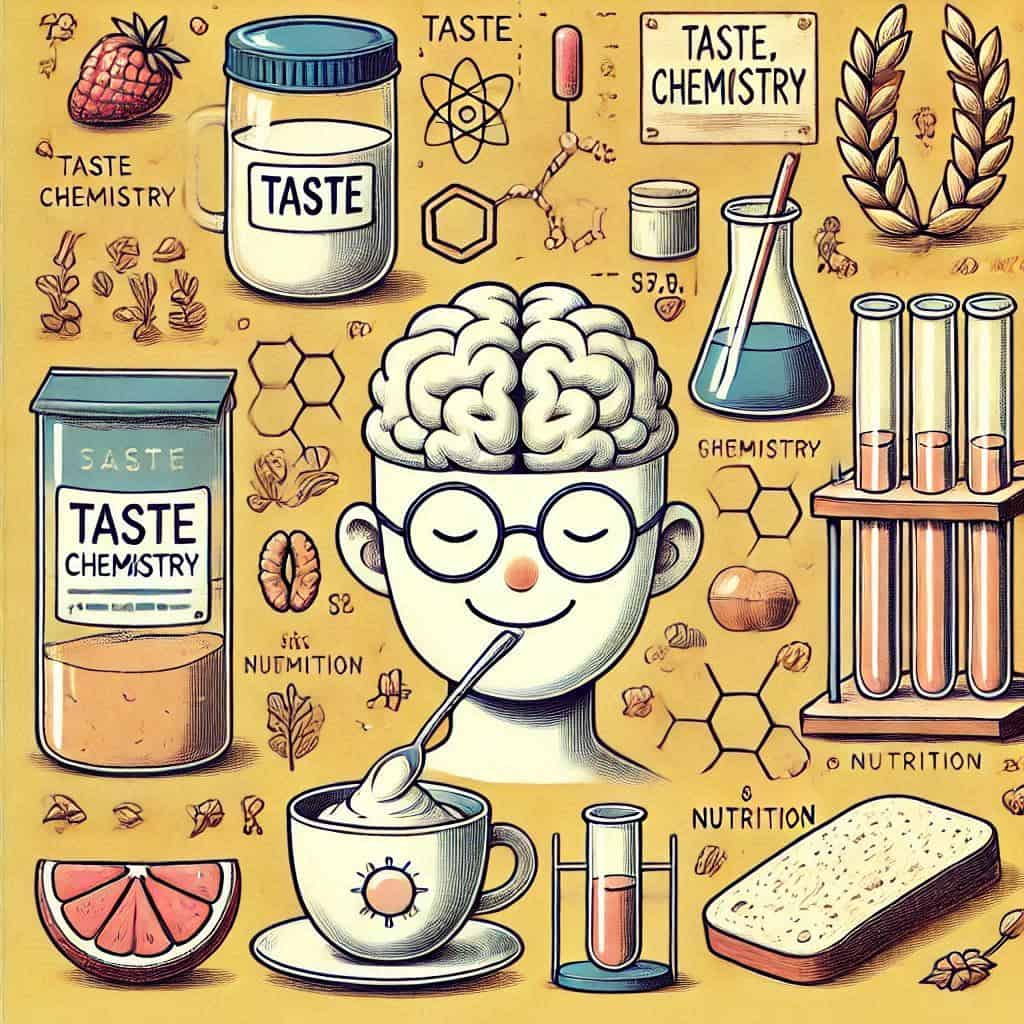Emergence: Mind from Brain
Is our mind the same as our brain or is the mind a different entity? That’s a question that has plagued philosophers for centuries. Rather than proceed with Descartes’ dualism or the monads of Leibnitz, let me introduce an emergence that hinges on the interruption of knowledge between the external world and the internal world.
The flow of information from the outside (physical world) to the inside (neurocognitive world) is not complete, but restricted. At the center of neural processing is the neural threshold with its All-or-None signal (Figure 1. Neural Threshold). These two features—incomplete information and the neural threshold—result in detail beyond that triggering the neuron is lost.
Figure 2. Different Inputs (below) presents two sensations we might be exposed to. A complete line and a broken line. Often the broken line will surmount the threshold, just as the unbroken line did, Because of neural features, the different inputs cause the same result. Neural functioning deprives us of the distinction between the two lines that exists in the world. We have lost information.
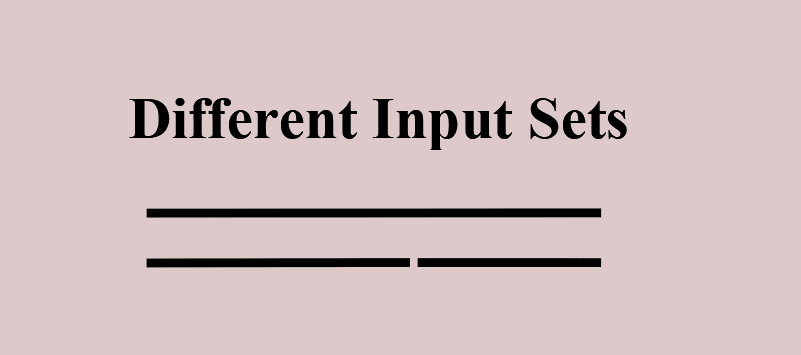
Thus, even if the world in which we live in was completely deterministic, we internally never see all that data that could prove it. Our reactions are based on the world that we see through the gauze of the neural threshold.
Brain and Mind
So, are the brain and the mind different? It makes sense to consider them distinct. The brain’s physical structure is anchored in the sensory world. Though the mind exists in the brain circuitry, what makes it distinct is that it works—understands, decides, chooses—on a worldview that is generated by the brain, but that is not a copy of the external world.
The mind emerges from many neural threshold steps after external reality. Mental operations are most plain in the executive areas of prefrontal lobes of the cortex.
There, after a myriad of neural threshold transitions have turned external reality into smoothed abstractions, our logic and associations try to anticipate the optimal response to the current situation that fits our needs, desires, and fears.
That current situation occurs many neural steps away from the perceived world. After enhancement of raw sensory data, the categorized information is merged with emotions, memory, and knowledge. These steps require the current sensory phenomenon to pass through neurons, previously traveled by earlier experiences.
‘Merging’ sensory data with emotions, memory, and knowledge is an euphemistic phrase for saying that the phenomenon surmounts the same sequence of neural thresholds as earlier similar experiences traveled. This fresh experience gains the signaling relationships that the earlier experiences have developed (Hebb’s Learning Rule, Neurons that fire together, wire together.)
Neural Threshold and Almost Match
The neural threshold is an observed phenomenon. Once a sufficiently high level of input is received, the neuron will send a signal down its axon to all neurons it connects with. The All-or-None threshold principle means the signal is identical, whether the neural threshold is barely exceeded or greatly exceeded. From that point on, any detail beyond the threshold is lost.
Consider a friend gets their haircut since you last saw them. You readily recognize them. That same difference didn’t stop you from recognizing them. The Almost Match can occur after successive neural thresholds have been surmounted by sensations.
If two separate phenomena both exceed a neuron’s threshold, though the inputs may differ in certain details, those phenomena are thereafter seen as the same, as the same signal represents both. They are the same in the mind.
Emergence
Three mental aspects arise from its partial link to current external reality.
- The neural threshold withholds exact knowledge from our mental world.
- Sensations are categorized because of the loss of detail as they flow through the brain’s connections.
- This categorization inevitably results, after many neural thresholds being passed, with assignment to learned abstract patterns.
That last bullet point demands this explanation. Successive neural thresholds result in loss of original detail, which leads to placement of the modified sensation in a category of less detail. This inductive assignment usually helps arrange data among categories, but, as we all know, generalization can be wrong.
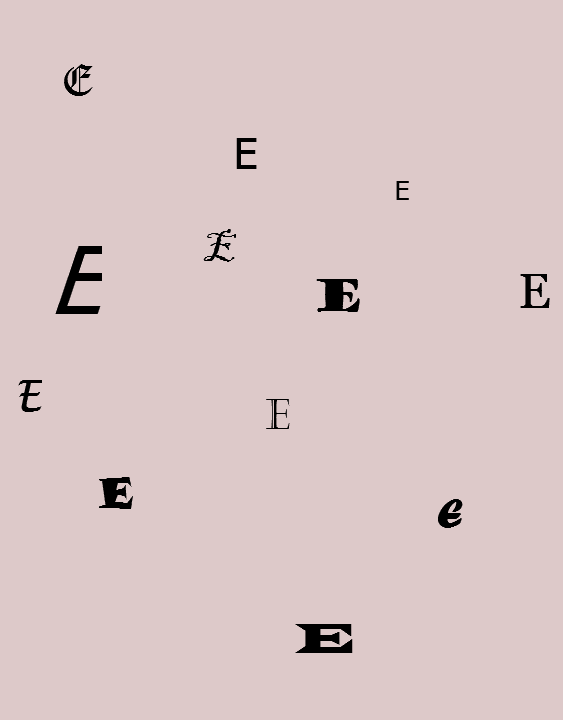
A mini-example of this generalization occurs when you recognize the letter ‘e’ in various fonts. The features of the different fonts ‘e’ are sufficient for you to generalize ‘e’ forms to its essence.
Consider when you watch a movie. Although your brain receives fixed images at 20+ frames/second, in your mind, you experience the information as continuous motion. Almost Matches generate connections that may not exist in external reality, like we saw above with the solid line and the broken line both triggering the neural signal.
The mind emerges from the brain, most obviously in executive operations, consciously examining the situation against memories, knowledge, opportunities to satisfy needs, achieve goals, and avoid fears. Mental operations apply themselves to this personalized world rather than to the objective outside world.
Additional Information
Neural Threshold. All-or-Nothing signaling and Hebbian learning.
People have Unique Neural Thresholds Implication of different magnitudes of neural thresholds.
Hebb’s Learning Rule. Repeated experience increases efficiency of neural connections.
Induction, Neural Operations Neural Threshold is a basic method of induction.
Many Faces of Induction. Categories lead to generalizations.
Pattern Matching Almost Matches occur in metaphors, analogies, and inductive reasoning.
External Reality to Internal Worldview Sensation to internal understanding.
Pattern Completion Description of Almost Matches completing our worldview.
Staircase of Science Reductionism, the opposite of emergence, lost life in its descent.
